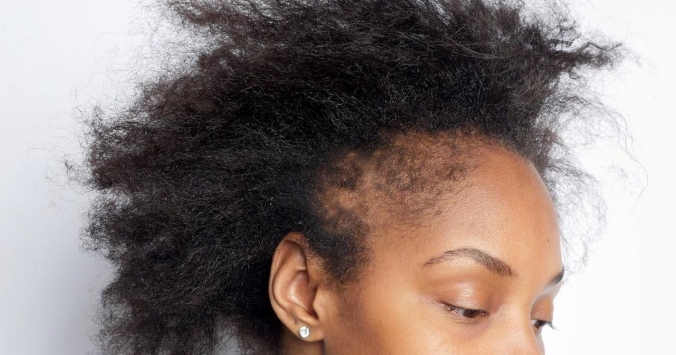Hair loss can be unsettling, especially when it sneaks up unexpectedly, more strands in the shower drain, thinning edges, or widening parts.
Whether it’s gradual or sudden, understanding the root causes is the first step toward reclaiming your strands and your confidence.
Common causes of hair loss
1. GeneticsOne of the most common culprits is hereditary hair loss, known as androgenetic alopecia. It affects both men and women and often results in gradual thinning over time.
2. Stress and traumaEmotional or physical stress, including illness or surgery, can trigger telogen effluvium, a condition where hair prematurely enters the shedding phase. Thankfully, this is usually temporary.
3. Hormonal changesEvents like pregnancy, menopause, or thyroid imbalances can disrupt normal hair growth cycles, leading to noticeable shedding or thinning.
4. Nutritional deficienciesLack of iron, vitamin D, protein, or biotin can weaken the hair shaft and slow growth. Crash diets or poor eating habits can intensify the issue.
5. Protective styles and hair practicesTight braids, excessive heat, or harsh chemicals can lead to traction alopecia, hair loss caused by tension or repeated strain on the scalp.
6. Medical conditionsAutoimmune diseases like alopecia areata attack hair follicles directly. Fungal infections or scalp psoriasis may also compromise hair health.
Real solutions that work
• Scalp care:Healthy hair starts at the root. Cleanse the scalp regularly, use lightweight oils like tea tree or rosemary, and massage to boost circulation.
• Gentle styling:Avoid tight hairstyles and overuse of heat tools. Let your hair breathe between protective styles.
• Balanced diet:Incorporate foods rich in protein, iron, omega-3s, and zinc. Consider supplements if recommended by a healthcare provider.
• Hair growth treatments:Topical solutions like minoxidil, prescription medications, or platelet-rich plasma (PRP) therapy can offer results for certain types of hair loss.
• Professional guidance:Consult a dermatologist or trichologist for a personalized diagnosis. Early intervention often makes a big difference.
Hair loss doesn’t have to be a silent struggle. With the right knowledge and consistent care, you can address the issue head-on, and grow forward with confidence.





